-
 Bitcoin
Bitcoin $77,582.7508
-2.72% -
 Ethereum
Ethereum $1,484.8733
-4.90% -
 Tether USDt
Tether USDt $0.9991
-0.06% -
 XRP
XRP $1.8190
-6.84% -
 BNB
BNB $558.9330
-0.67% -
 USDC
USDC $0.9998
-0.06% -
 Solana
Solana $105.8173
-3.99% -
 Dogecoin
Dogecoin $0.1474
-4.02% -
 TRON
TRON $0.2294
-2.85% -
 Cardano
Cardano $0.5677
-7.00% -
 UNUS SED LEO
UNUS SED LEO $9.1640
1.91% -
 Toncoin
Toncoin $3.0205
-3.48% -
 Chainlink
Chainlink $11.3410
-3.03% -
 Avalanche
Avalanche $16.3752
-6.49% -
 Stellar
Stellar $0.2205
-7.38% -
 Shiba Inu
Shiba Inu $0.0...01104
-2.53% -
 Hedera
Hedera $0.1502
-8.41% -
 Sui
Sui $1.9322
-6.31% -
 MANTRA
MANTRA $6.1619
-1.24% -
 Bitcoin Cash
Bitcoin Cash $273.1447
-3.59% -
 Litecoin
Litecoin $71.3781
-2.06% -
 Dai
Dai $0.9999
-0.04% -
 Polkadot
Polkadot $3.4140
-6.57% -
 Ethena USDe
Ethena USDe $0.9986
-0.07% -
 Bitget Token
Bitget Token $4.0704
-2.58% -
 Hyperliquid
Hyperliquid $12.2616
1.62% -
 Pi
Pi $0.5705
-2.24% -
 Monero
Monero $196.1775
-4.56% -
 OKB
OKB $51.6798
-1.63% -
 Uniswap
Uniswap $4.8529
-6.54%
How to operate AscendEX perpetual contract
When trading AscendEX perpetual contracts, it's crucial to utilize stop-loss orders to safeguard profits by closing positions automatically when the underlying asset's price drops below a set level.
Nov 25, 2024 at 08:11 am
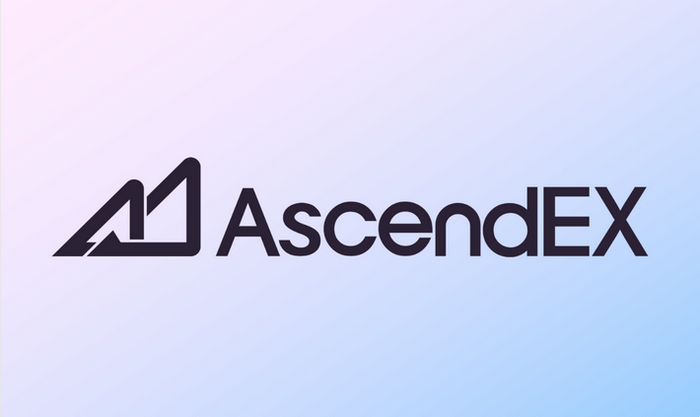
How to Operate AscendEX Perpetual Contract
AscendEX perpetual contract, also known as a futures contract or perpetual swap, is a derivative financial instrument that allows traders to speculate on the future price of an underlying asset, such as cryptocurrency. Unlike traditional futures contracts, which have a fixed expiration date, perpetual contracts have no expiry and can be held indefinitely. This makes them suitable for both short-term and long-term trading strategies.
To get started with AscendEX perpetual contract trading, follow these steps:
1. Create an AscendEX Account
Visit the AscendEX website (https://ascendex.com/) and click on "Sign Up" to create a new account. Provide your email address, create a password, and agree to the terms of service. Once your account is created, you will need to verify your email address and identity to enable trading.
2. Fund Your Account
To start trading perpetual contracts, you need to fund your AscendEX account with either cryptocurrency or fiat currency. To deposit cryptocurrency, click on "Assets" in the top right corner of the screen and select "Deposit." Choose the cryptocurrency you want to deposit and follow the instructions on the screen. To deposit fiat currency, click on "Buy Crypto" and select the fiat currency you want to use. Follow the instructions on the screen to complete the deposit process.
3. Choose a Trading Pair
AscendEX offers perpetual contracts on a variety of underlying assets, including Bitcoin, Ethereum, and Litecoin. To choose a trading pair, click on "Trade" in the top menu and select "Perpetual." You will see a list of all the available trading pairs. Choose the pair you want to trade and click on it.
4. Open a Position
To open a position, click on the "Buy" or "Sell" button on the trading screen. Enter the amount of the underlying asset you want to buy or sell and the leverage you want to use. Leverage allows you to increase your potential profits (and losses), but it also increases your risk. Choose the leverage carefully based on your risk tolerance.
5. Manage Your Position
Once you have opened a position, you can manage it using the order panel on the trading screen. You can adjust your position size, add or remove leverage, and set stop-loss and take-profit orders. Stop-loss orders will automatically close your position if the price of the underlying asset falls below a certain level, while take-profit orders will automatically close your position if the price rises above a certain level.
6. Close Your Position
To close your position, click on the "Close" button on the trading screen. You will need to enter the amount of the underlying asset you want to close and the price at which you want to close it. Once you have entered the details, click on the "Close Position" button to complete the process.
Additional Tips for Trading AscendEX Perpetual Contracts
- Use a stop-loss order to protect your profits. A stop-loss order will automatically close your position if the price of the underlying asset falls below a certain level. This will help you limit your losses if the market moves against you.
- Take profits regularly. Don't let your profits run too long. Take profits regularly to lock in your gains and reduce your risk.
- Don't trade with more money than you can afford to lose. Trading perpetual contracts can be risky, so don't trade with more money than you can afford to lose.
Disclaimer:info@kdj.com
The information provided is not trading advice. kdj.com does not assume any responsibility for any investments made based on the information provided in this article. Cryptocurrencies are highly volatile and it is highly recommended that you invest with caution after thorough research!
If you believe that the content used on this website infringes your copyright, please contact us immediately (info@kdj.com) and we will delete it promptly.
- Hedera (HBAR) Price Forms Bullish Falling Wedge, Targeting $0.30 Breakout
- 2025-04-09 21:10:13
- HBAR Mess Has Set the Stage for Something Explosive
- 2025-04-09 21:10:13
- The Best Meme Coin to Buy Now Might Not Be One You Recognize
- 2025-04-09 21:05:12
- Royal Canadian Mint Issues $1 Circulation Coin Commemorating the 150th Anniversary of the Supreme Court of Canada
- 2025-04-09 21:05:12
- Could bitcoin withstand the flames spewed by Donald Trump
- 2025-04-09 21:00:12
- Mastercard and Ripple (XRP) Rumored Partnership Doesn't Go as Deep as Many Think
- 2025-04-09 21:00:12
Related knowledge

Why does a perpetual contract have no expiration date?
Apr 09,2025 at 08:43pm
Perpetual contracts, also known as perpetual futures or perpetual swaps, are a type of derivative product that has gained significant popularity in the cryptocurrency market. Unlike traditional futures contracts, which have a fixed expiration date, perpetual contracts do not expire. This unique feature raises the question: why does a perpetual contract ...
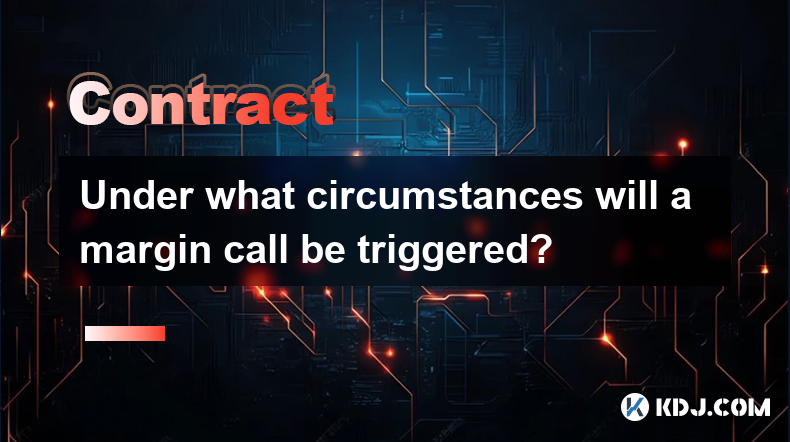
Under what circumstances will a margin call be triggered?
Apr 08,2025 at 02:43pm
Margin trading in the cryptocurrency market allows traders to borrow funds to increase their trading position, potentially amplifying both gains and losses. A critical aspect of margin trading is understanding when a margin call might be triggered, as it can significantly impact your trading strategy and financial health. In this article, we will explor...
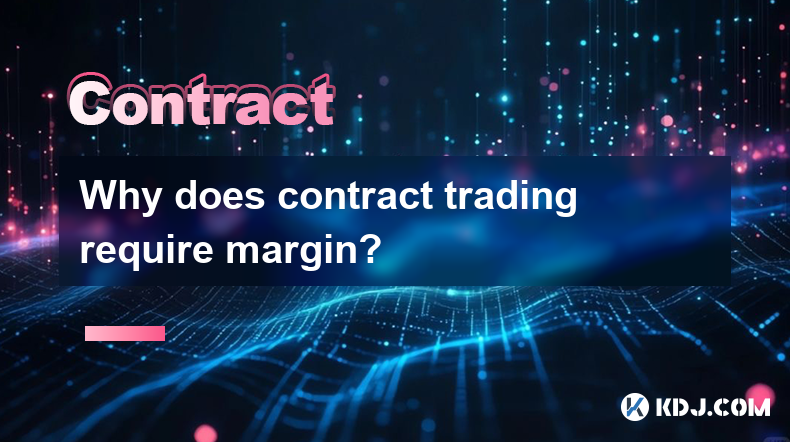
Why does contract trading require margin?
Apr 08,2025 at 02:07pm
Introduction to Contract TradingContract trading in the cryptocurrency market refers to the practice of trading futures or options contracts. These contracts allow traders to speculate on the future price of a cryptocurrency without actually owning the underlying asset. One of the key components of contract trading is the use of margin. Margin is essent...
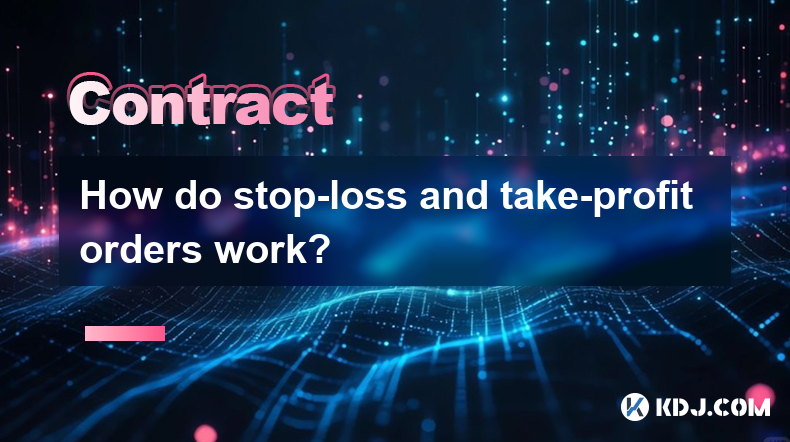
How do stop-loss and take-profit orders work?
Apr 08,2025 at 03:43pm
How do Stop-Loss and Take-Profit Orders Work? In the volatile world of cryptocurrencies, managing risk is crucial for traders. Two essential tools that help in this regard are stop-loss and take-profit orders. These orders are designed to automatically execute trades when certain price levels are reached, helping traders to limit losses and secure profi...
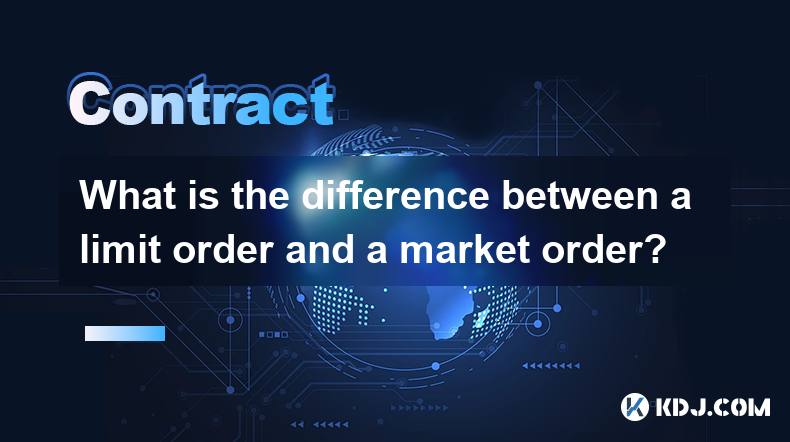
What is the difference between a limit order and a market order?
Apr 08,2025 at 05:14pm
When trading cryptocurrencies, understanding the different types of orders you can place is crucial for effective trading. Two of the most common types of orders are limit orders and market orders. Each serves a different purpose and comes with its own set of advantages and disadvantages. In this article, we will delve into the specifics of both types o...
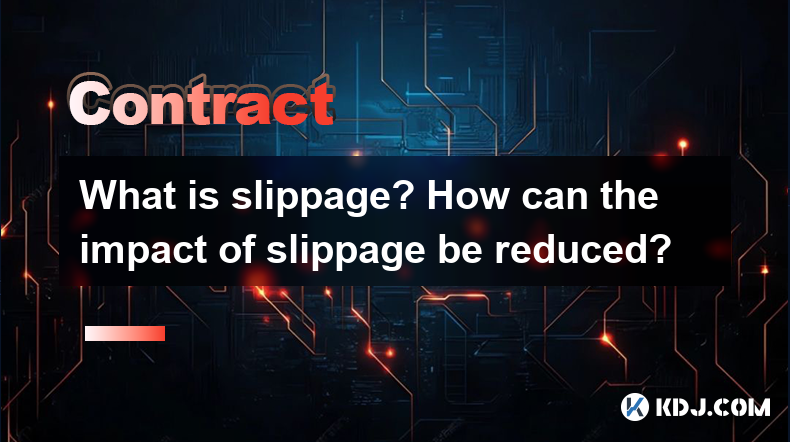
What is slippage? How can the impact of slippage be reduced?
Apr 09,2025 at 04:21am
Slippage in the context of cryptocurrency trading refers to the difference between the expected price of a trade and the price at which the trade is actually executed. This phenomenon occurs due to the volatility and liquidity of the market, and it can significantly impact the profitability of trades. Understanding slippage and learning how to mitigate ...

Why does a perpetual contract have no expiration date?
Apr 09,2025 at 08:43pm
Perpetual contracts, also known as perpetual futures or perpetual swaps, are a type of derivative product that has gained significant popularity in the cryptocurrency market. Unlike traditional futures contracts, which have a fixed expiration date, perpetual contracts do not expire. This unique feature raises the question: why does a perpetual contract ...

Under what circumstances will a margin call be triggered?
Apr 08,2025 at 02:43pm
Margin trading in the cryptocurrency market allows traders to borrow funds to increase their trading position, potentially amplifying both gains and losses. A critical aspect of margin trading is understanding when a margin call might be triggered, as it can significantly impact your trading strategy and financial health. In this article, we will explor...

Why does contract trading require margin?
Apr 08,2025 at 02:07pm
Introduction to Contract TradingContract trading in the cryptocurrency market refers to the practice of trading futures or options contracts. These contracts allow traders to speculate on the future price of a cryptocurrency without actually owning the underlying asset. One of the key components of contract trading is the use of margin. Margin is essent...

How do stop-loss and take-profit orders work?
Apr 08,2025 at 03:43pm
How do Stop-Loss and Take-Profit Orders Work? In the volatile world of cryptocurrencies, managing risk is crucial for traders. Two essential tools that help in this regard are stop-loss and take-profit orders. These orders are designed to automatically execute trades when certain price levels are reached, helping traders to limit losses and secure profi...

What is the difference between a limit order and a market order?
Apr 08,2025 at 05:14pm
When trading cryptocurrencies, understanding the different types of orders you can place is crucial for effective trading. Two of the most common types of orders are limit orders and market orders. Each serves a different purpose and comes with its own set of advantages and disadvantages. In this article, we will delve into the specifics of both types o...

What is slippage? How can the impact of slippage be reduced?
Apr 09,2025 at 04:21am
Slippage in the context of cryptocurrency trading refers to the difference between the expected price of a trade and the price at which the trade is actually executed. This phenomenon occurs due to the volatility and liquidity of the market, and it can significantly impact the profitability of trades. Understanding slippage and learning how to mitigate ...
See all articles























































































